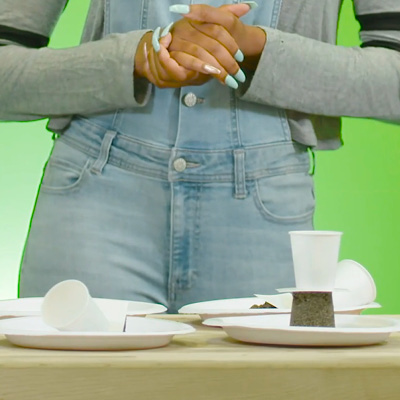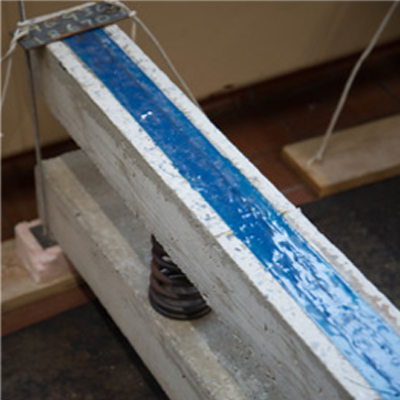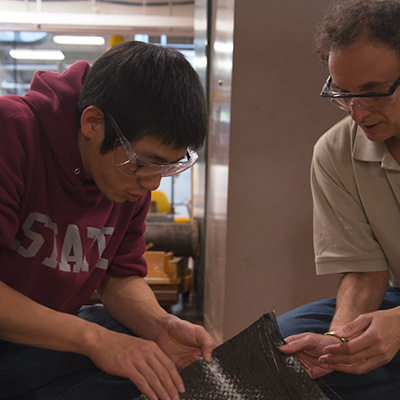
Sand Structures
- Age: 8+
- Time: 75
- (Setup: 10 min, Activity: 60 min with wait time, Cleanup: 5 min)
- Materials: $18
In this mission you’ll find out how properties of individual ingredients can make different properties of a mixture-and maintain their own molecular structure while they’re at it! You’ll do this by making and comparing little sand towers.
Download PDF


